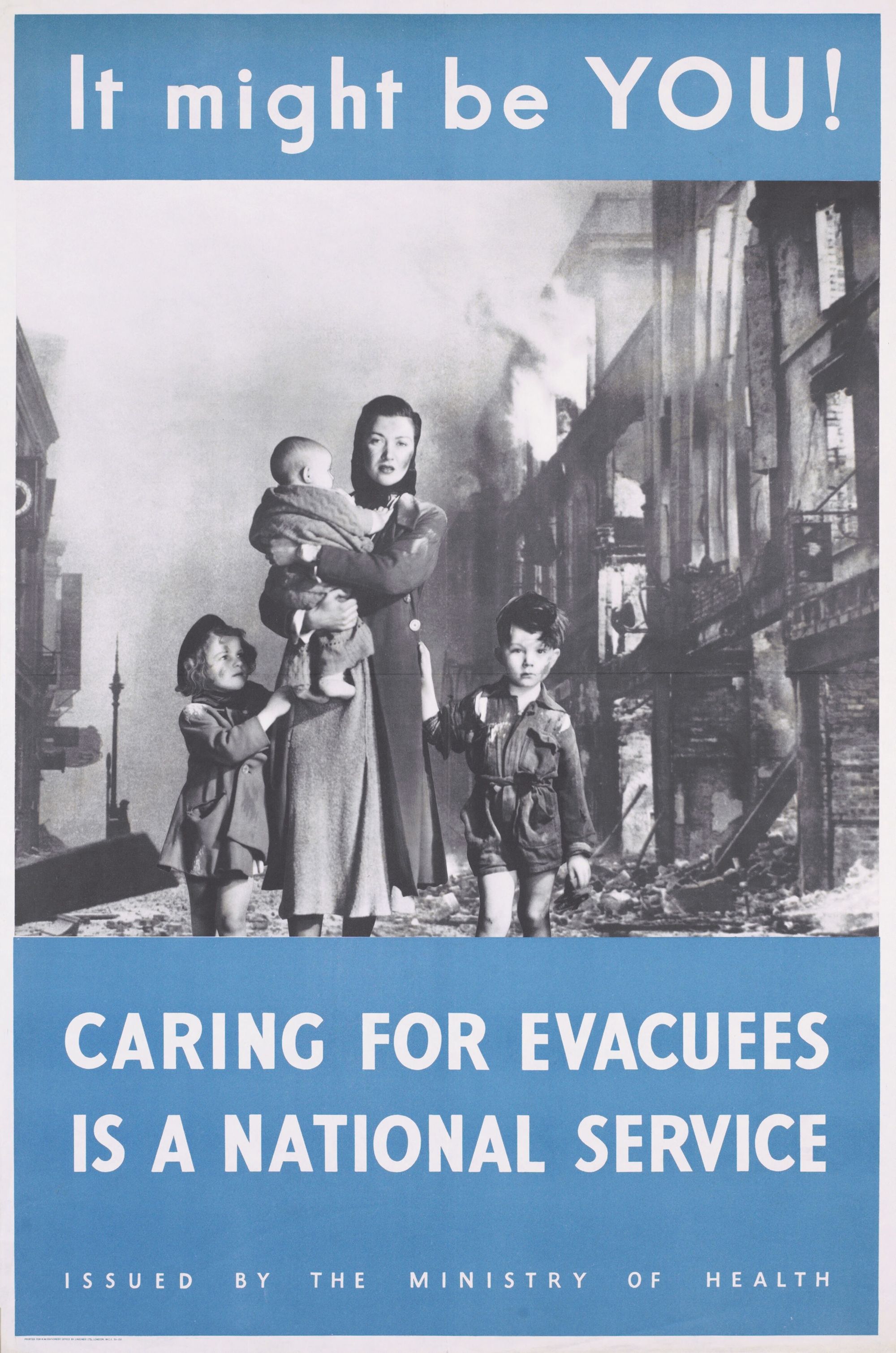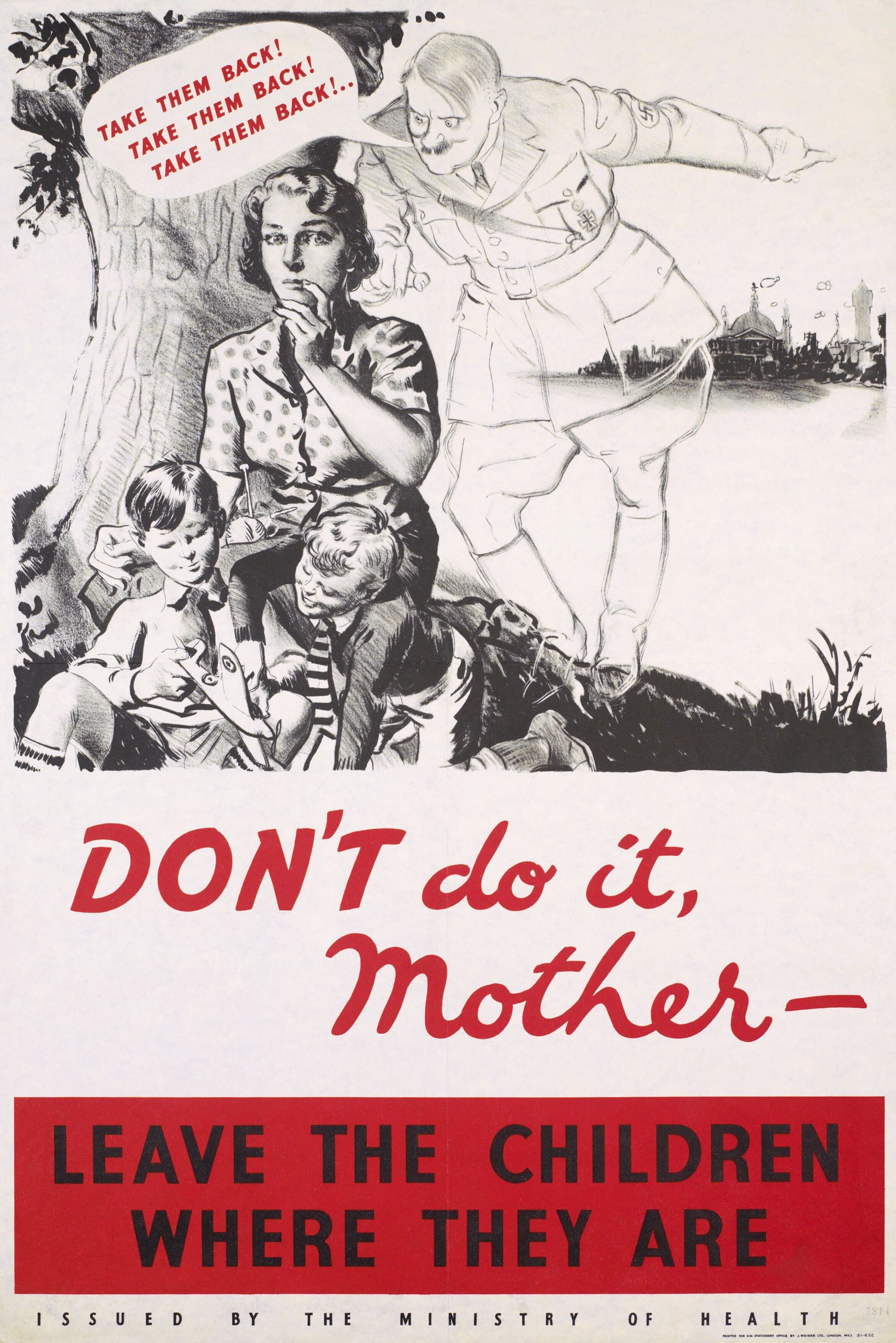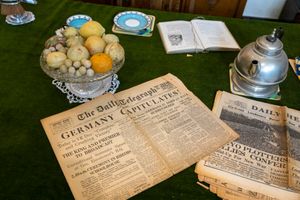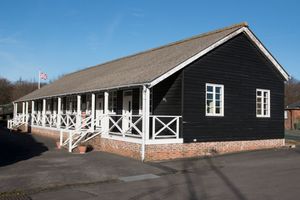This week will be a time of reflection for many as we approach the 75th anniversary of VE Day on 8 May. For some it will be a moment of remembrance, a time of thanks and of celebration. For those who were alive during the Second World War, that period will hold memories of a time of fear and uncertainty that may have stayed with them for many years.
For many children of the 1930s, the advent of war meant evacuation. There are of course two perspectives to the evacuation equation; the evacuee and the hosts. Not much is always known about the people who hosted the evacuees, but they were mostly very generous people taking in all kinds of children and all kinds of problems for very little money. 10 shillings a week (£31.00 in today’s money) for the first child and 8 shillings a week for any subsequent children.
Experiences for evacuated children varied across the country. Below are differing accounts from two Gosport boys who experienced evacuation from their homes during the Second World War.

For Charlie Knight and his older brother, their evacuation was short but not sweet.
“We were evacuated my eldest brother and me but it didn’t last too long, they asked if they could take us back.
"I am not too sure exactly where it was, it was local, Wickham way somewhere. It was a big old house we was in and we was just running wild in there and they said it would be advisable if the boys come back home.
"We was put on the train and my mum met us at the station and brought us back home again. She didn’t want us to go in the first place but it was for our own safety so my brother and I were evacuated for a very short time.”

Gosport schoolboy Tony Bray was evacuated to Rottingdean near Brighton. In Kevin Telfer’s book, The Summer of ’45, he says:
“I must admit that I was very sorry to be leaving Rottingdean and Brighton because in spite of six long years of war, and being right in line on the south coast, the whole area had escaped fairly lightly from the blitzes of the early years, and not a lot of damage from the hit and run raids and doodlebugs later on.”
When he came home he stated that Gosport was: “careworn and run down with the scars of bombing very much in evidence”
Arriving home in Gosport at the end of summer, he said that despite war being over, the army had pulled out of the area leaving behind, in his words, “the detritus of war”.
This article was written and researched by Westbury Manor Museum volunteer Peter Downton.
If you have enjoyed Culture on Call and you are able to make a donation, any support you can give will help us keep people connected.



